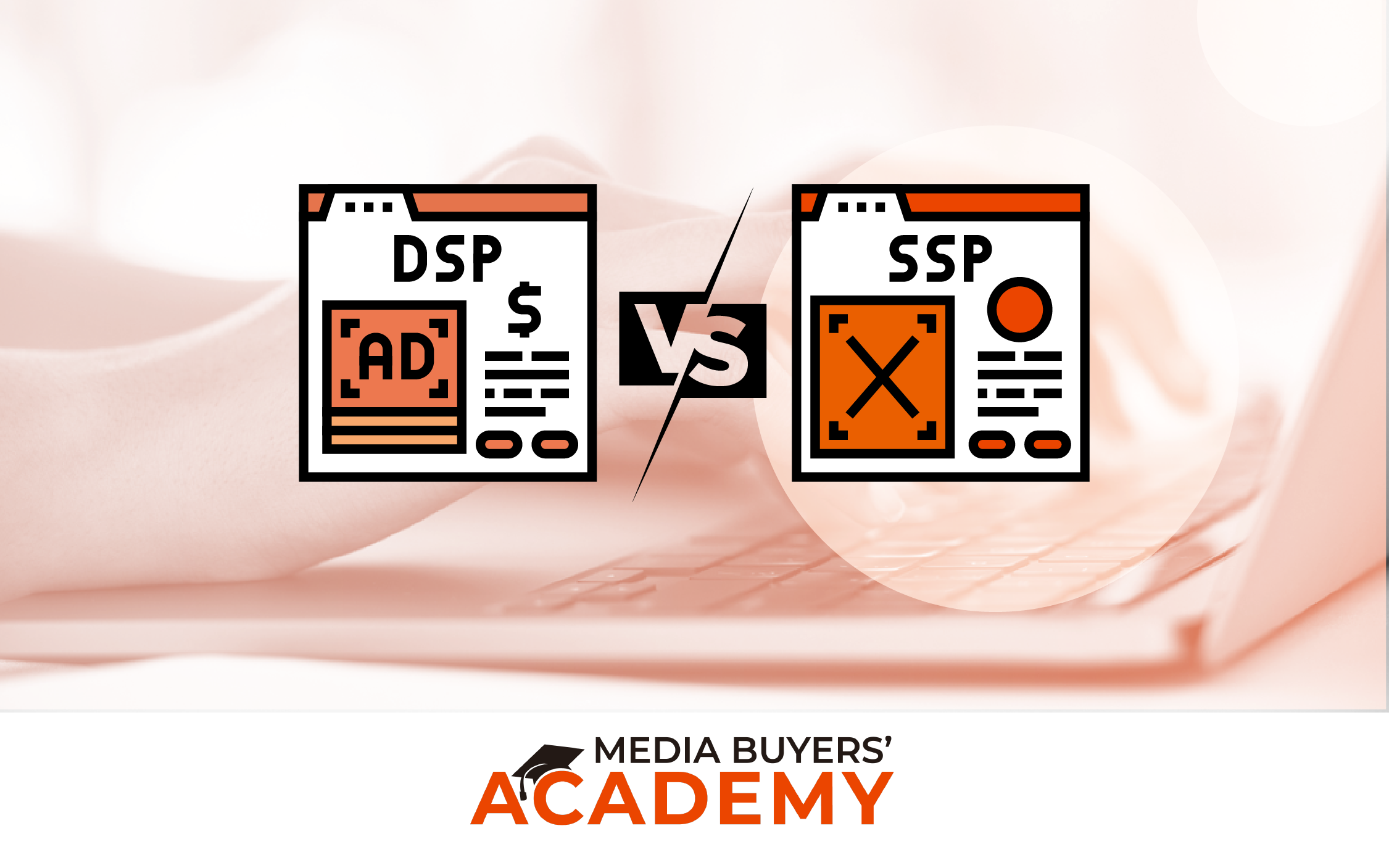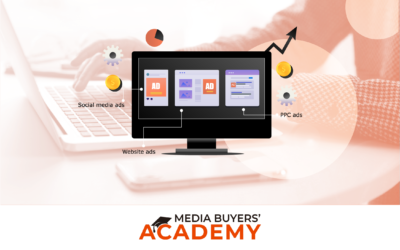The Battle for Efficiency in Programmatic Media Buying
In the world of programmatic media buying, two giants stand tall: Demand-Side Platforms (DSPs) and Supply-Side Platforms (SSPs). To truly get ahead, publishers and media buyers need to pin down the subtle differences between these two platforms – it’s the secret to securing a tidy profit margin. Imagine having a perfect grasp on when to leverage a demand-side platform versus a supply-side platform. We’ll crunch the numbers, pairing the pros and cons of each to create a real-world guide.
Demand-Side Platforms (DSPs): The Buyers’ Best Friend
DSPs are designed to help media buyers and advertisers manage their digital campaigns across multiple ad exchanges, supply-side platforms, and networks. Buyers can kiss campaign chaos goodbye with these all-in-one platforms. Here, planning, executing, and optimizing become a single, streamlined process, guaranteeing a bullseye on the target audience.
Key Benefits of DSPs:
- Unified Campaign Management: Manage multiple campaigns across various platforms from a single interface.
- Real-Time Bidding: Compete for ad impressions in real-time, ensuring maximum ROI.
- Targeted Advertising: Reach specific audiences based on demographics, behavior, and interests.
- Advanced Analytics: Track and optimize campaigns with detailed reporting and insights.
Supply-Side Platforms (SSPs): The Publishers’ Powerhouse
SSPs, on the other hand, are designed to help publishers manage their ad inventory and maximize revenue. With these platforms, you get a centralized hub to reach out to multiple demand sources, like DSPs, ad exchanges, and ad networks, all in one spot.
hub to reach out to multiple demand sources, like DSPs, ad exchanges, and ad networks, all in one spot.
Key Benefits of SSPs:
- Increased Revenue: Maximize ad revenue by connecting with multiple demand sources.
- Unified Inventory Management: Manage ad inventory across multiple platforms and formats.
- Real-Time Yield Optimization: Optimize ad pricing and allocation in real-time to maximize revenue.
- Better Ad Quality Control: Ensure high-quality ads are delivered to your audience.
The Great Divide: DSPs vs. SSPs
So, what’s the main difference between DSPs and SSPs? It all comes down to perspective:
- DSPs are buyer-centric: They focus on helping media buyers and advertisers reach their target audience and maximize ROI.
- SSPs are publisher-centric: They focus on helping publishers manage their ad inventory and maximize revenue.
When to Use Each:
- Use a DSP: When you’re a media buyer or advertiser looking to reach a specific audience and maximize ROI.
- Use an SSP: When you’re a publisher looking to maximize ad revenue and manage your ad inventory efficiently.
With automation transforming the advertising landscape, the very fabric of media buying is poised for radical change.
As the rules of the media buying game continue to change, DSPs and SSPs are stepping up to help publishers and media buyers gain a competitive edge. You’ll gain a competitive edge by figuring out what makes each platform tick, and that’s how you’ll stay one step ahead in the high-stakes game of programmatic media buying.
The final stretch is in sight. We’ve reached the moment of truth – time to dissect the evidence and see what it reveals.

In programmatic media buying, the distinction between DSPs and SSPs starts to blur when efficiency is the goal. Publishers and media buyers now have the luxury of two complementary platforms that work in harmony, equipping them with the tools they need to succeed. What if you could finally speak the same language as your marketing team, make a clear-headed choice between these two platforms, and watch your ROI soar as a result?
Which team are you rooting for: the risk-takers who forge their own paths or the tried-and-true traditionals?








